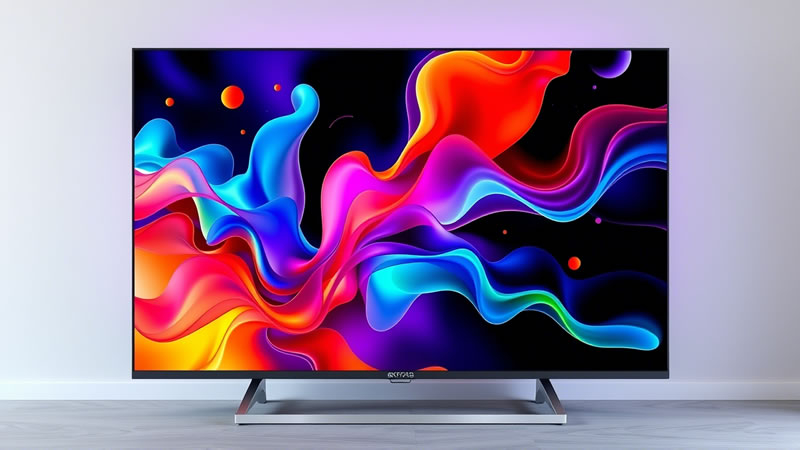Despite years of efforts by manufacturers, the 8K format for TVs has yet to gain widespread adoption. Six years after its commercial debut, sales remain low and there is virtually no 8K content. Even at CES 2025, the topic was barely mentioned.

Image source: Copilot
According to the Consumer Technology Association (CTA), 8K TV sales forecasts have historically been overstated. For example, instead of the expected 1.7 million units, only 166,000 were sold in 2022. In 2024, sales amounted to 143,000, which was also significantly lower than the predicted 700,000. In 2025, sales are projected to reach 150,000 units. However, as PCMag writes, hopes for long-term growth remain, and according to the CTA, sales could still reach 2.7 million units by 2029.
One of the main reasons for the low demand for 8K TVs remains their high cost. For example, on Best Buy, prices for LG and Samsung models start at $2,300 for a 75-inch screen, while a 77-inch TV will cost $10,000. Other major retailers, such as Costco, have completely removed 8K TVs from their offerings.
An equally serious problem is the lack of 8K content. “Unfortunately, the format is not that useful for consumer TVs,” says Avi Greengart, president and chief analyst at Techsponential. “There is simply no content for 8K.”
Meanwhile, Mark Vena, CEO and principal analyst at SmartTech Research, is even more cautious in his assessment, calling the future of 8K “completely uncertain” due to limited content and high device costs. According to CTA, only 0.6% of U.S. households will have 8K TVs in 2024, which does not incentivize the industry to create content in this resolution.
However, manufacturers like Samsung continue to see 8K as a positive development, with hopes for the future of streaming, gaming, and video cameras. For example, modern codecs like VVC can reduce bandwidth requirements, which could make it easier to distribute 8K content. The focus is on upscaling technology, which uses artificial intelligence to convert images to 4K and 8K resolutions.
Overall, despite rare exceptions, such as the 8K satellite broadcast test in Japan or individual projects such as the German series Das Boot, the problem remains relevant. The recently launched Apollo TV streaming platform has also announced support for 8K, but details on content and availability remain unclear. The situation is no better in the video game segment, with only a few games supporting 8K, and even then, with frame rate limitations.
At the moment, experts doubt the need for this format for the mass consumer. “Even if there is a lot of content, you need to sit very close to the screen to notice the difference from regular 4K,” Greengart emphasizes. According to him, the format is still “in search of application.”